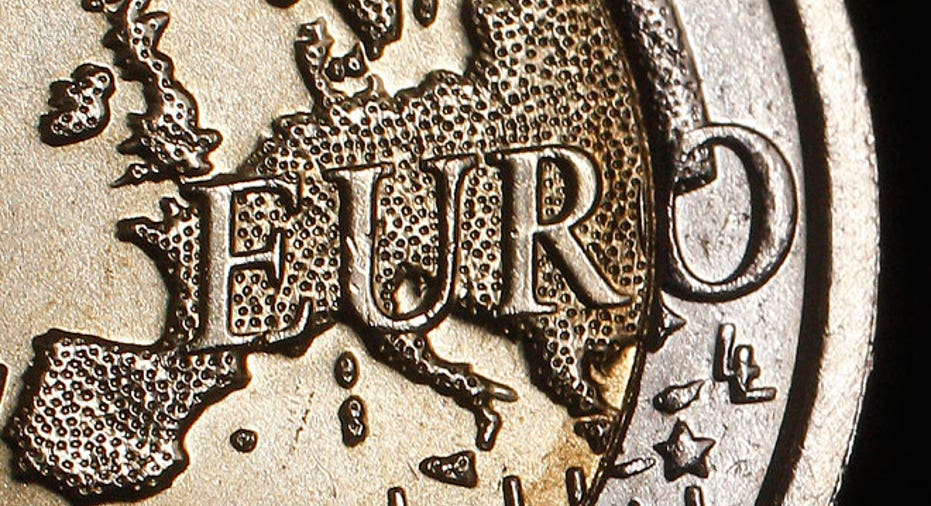Peering Into a Eurozone Disaster Crystal Ball

Europe’s sovereign debt debacle has been No. 1 on Wall Street’s list of worries for the better part of the past year.
As the political and economic crisis grows in seriousness, many investors have been left wondering what would happen to stocks and bonds in the once-unthinkable situation where one or more nations left the currency union.
In an attempt to answer that very difficult question, this week SunGard’s APT, which provides risk analysis to big-name institutional investors, released a model of different euro breakup scenarios.
The complex model, which was created by predicting how certain macro-economic factors would impact various asset classes, paints a sometimes-scary picture for investors.
For example, a total collapse of the eurozone -- something few are forecasting right now -- would trigger a 40% plunge in European equities, a 30% decline in the U.S. and global stock markets and a surge in credit spreads, APT estimates.
Even just an exit of the five so-called PIIGS countries -- Portugal, Italy, Ireland, Greece and Spain -- would cause the euro to lose 25% of its value, European financial stocks to slump 25% and the S&P 500 to shrink by 15%.
(See chart below for the full risk assessment)
However, neither scenario appears likely right now, especially as European leaders race to reach a deal with private creditors and the European Central Bank on a haircut on Greece’s enormous debt load.
“Two years ago when someone asked me the chances of Greece leaving the eurozone, I laughed,” said Laurence Wormald, head of research at APT and author of the risk analysis
Today, he concedes it’s a real risk, though he put it at somewhere less than 40%.
“That is a political risk, therefore it can’t be estimated from the economics,” said Wormald. “There is no doubt that Greece and Portugal are going to default. The question is whether it leads to a political crisis that leads to them being forced out.”
Wormald, a former risk officer at Deutsche Bank (NYSE:DB), sees the departure of just Greece as the most likely of these scary scenarios and believes the financial markets have largely discounted the potential impact.
APT predicts a Greek exit would cause just a 5% decline in U.S. equities and a 10% drop in European stocks, while volatility would spike 30% and oil prices would slip about 5%.
More significant would be both Greece and Portugal leaving the euro, a scenario that APT predicts would hurt the euro by 15% and drive U.S. markets 10% lower.
To reach his conclusions, Wormald said he spoke to a slew of economists, including officials at the ECB, where he has consulted in the past.
“They are guesstimates. We have tried to calibrate them as well as we can with historical events of the last two or three years,” said Wormald.
But Wormald concedes it’s hard to accurately forecast what will happen in what would likely be a messy eurozone breakup.
“Clearly, we could be wrong. Politicians can change the situation very quickly. This is our best set of calibrated guesses based on what we know,” said Wormald.
The eurozone breakup model will likely be used by APT’s institutional clients, which include several of the world’s largest sovereign wealth funds and U.S. companies like PNC (NYSE:PNC) and State Street (NYSE:STT).
“The senior management in these firms clearly wants to make sure they don’t get damaged by one or more of these scenarios,” said Wormald.



















